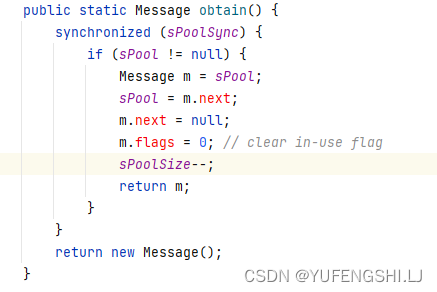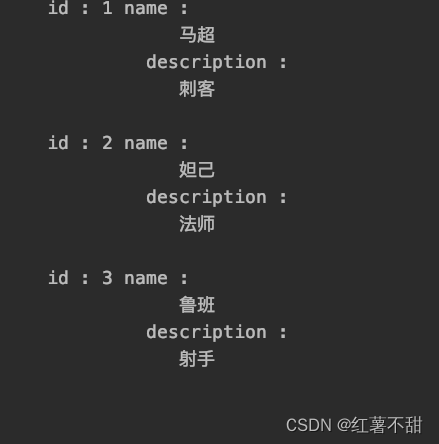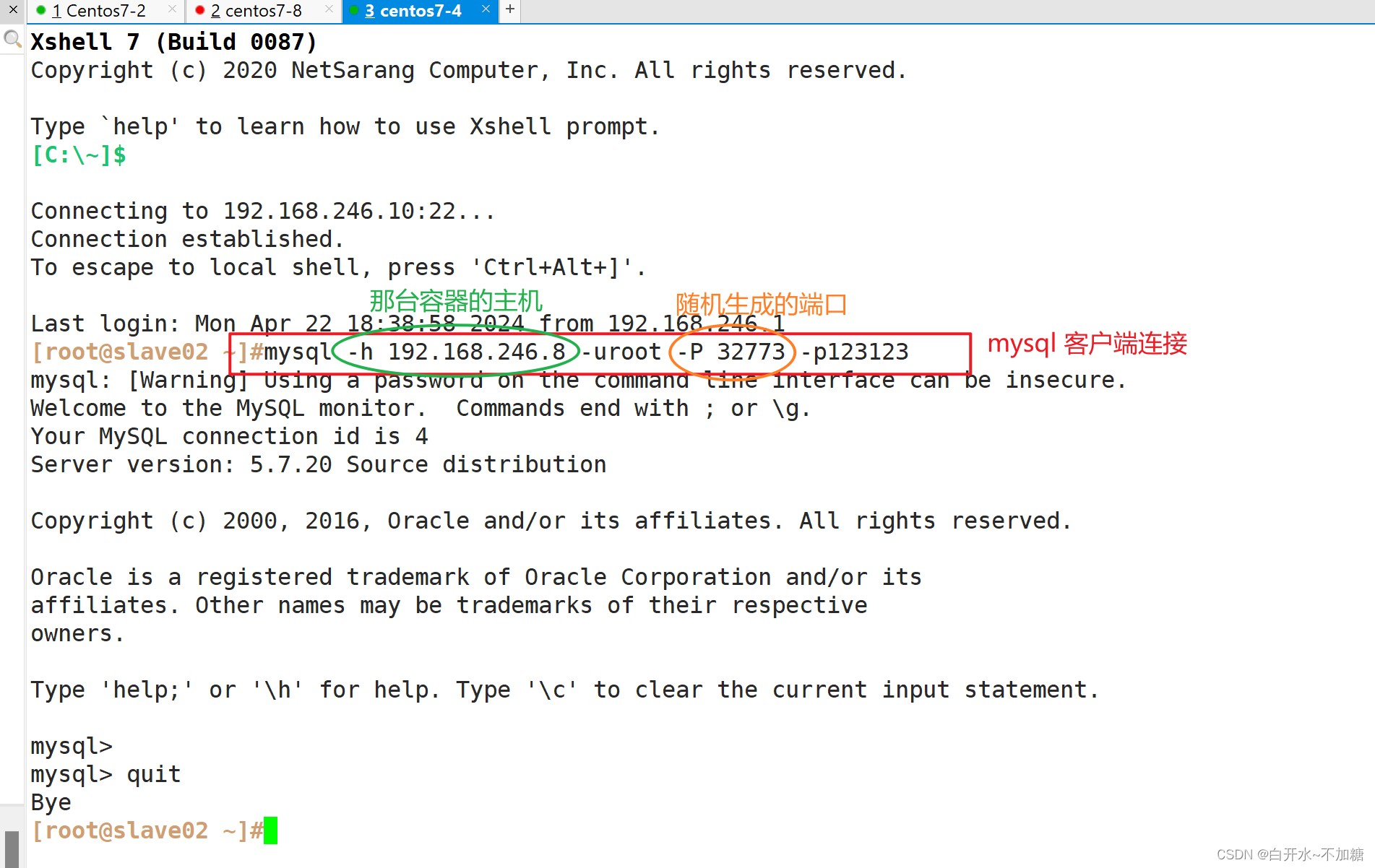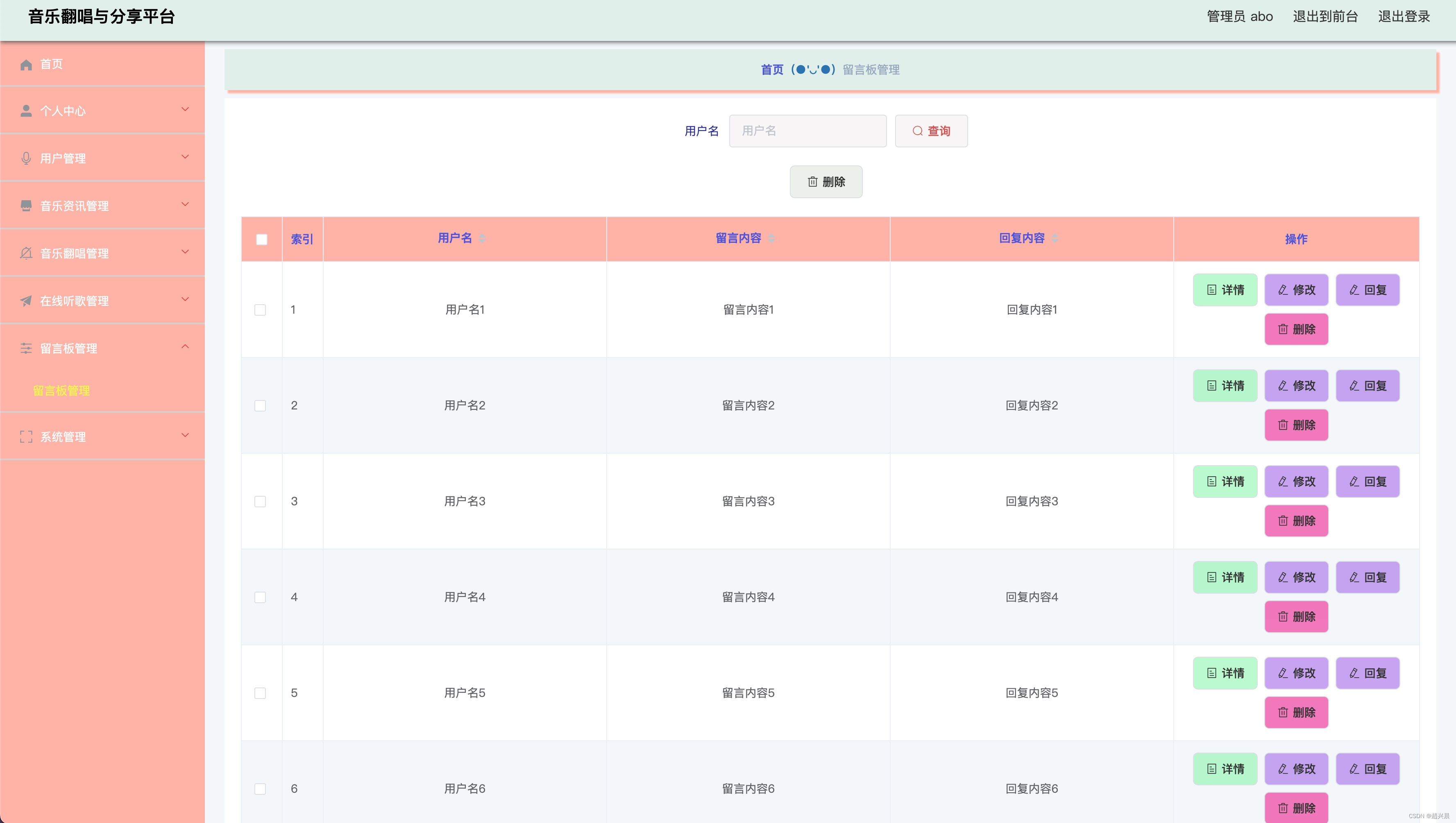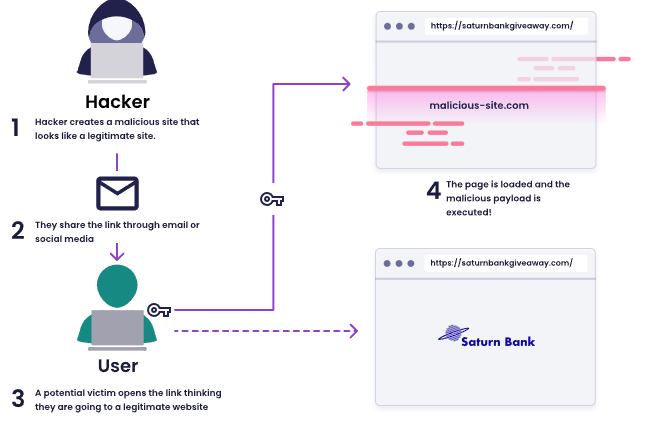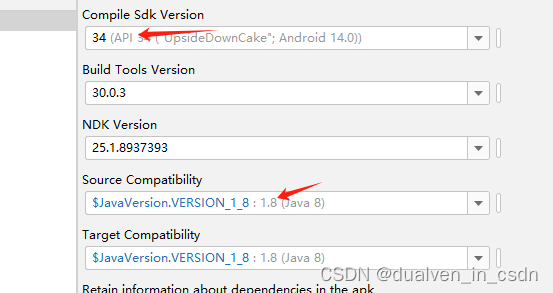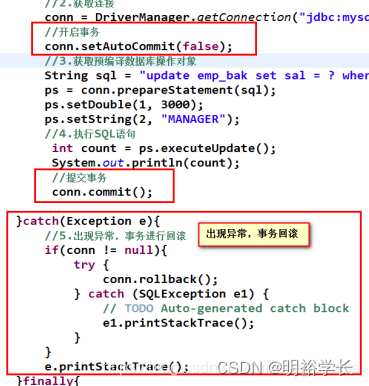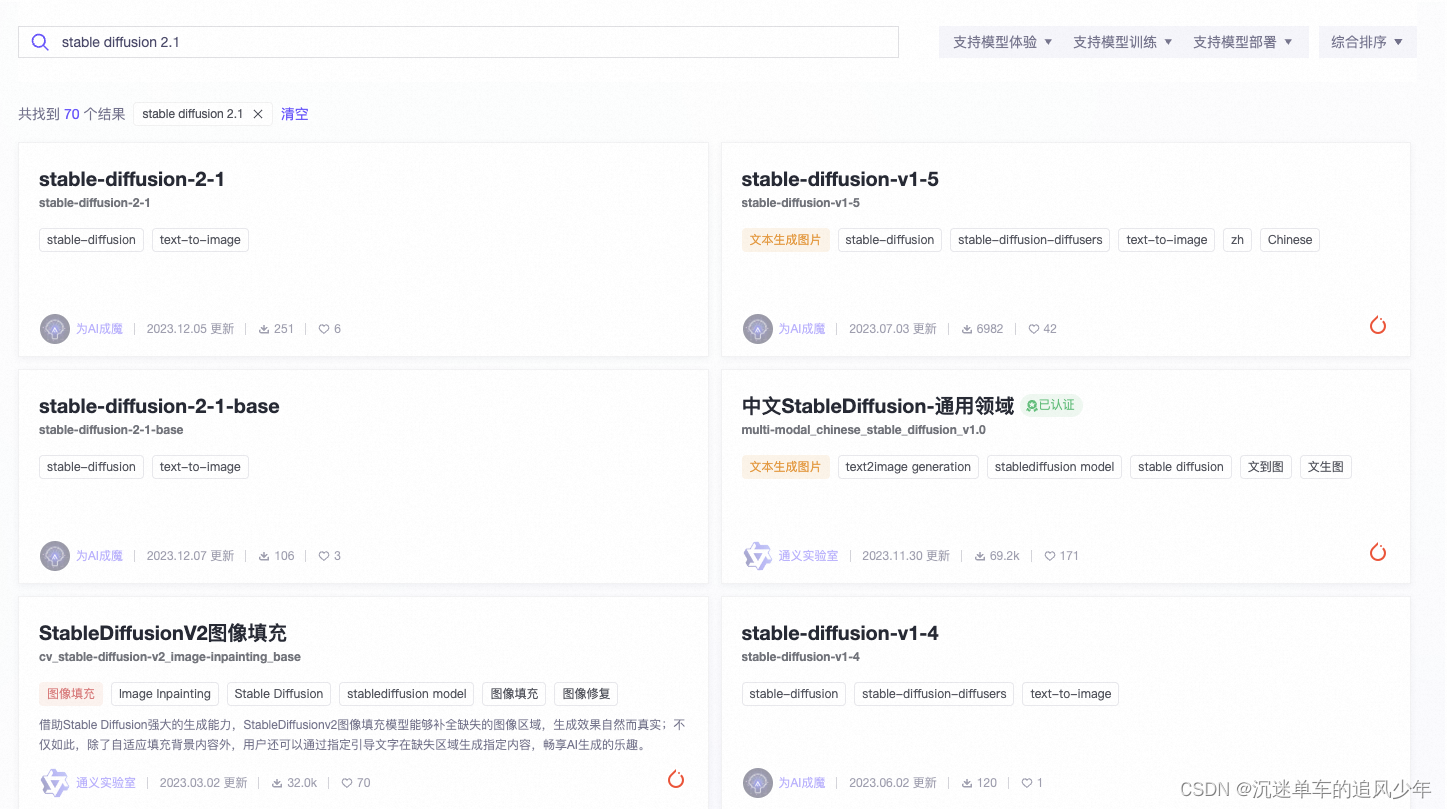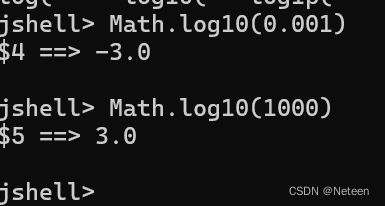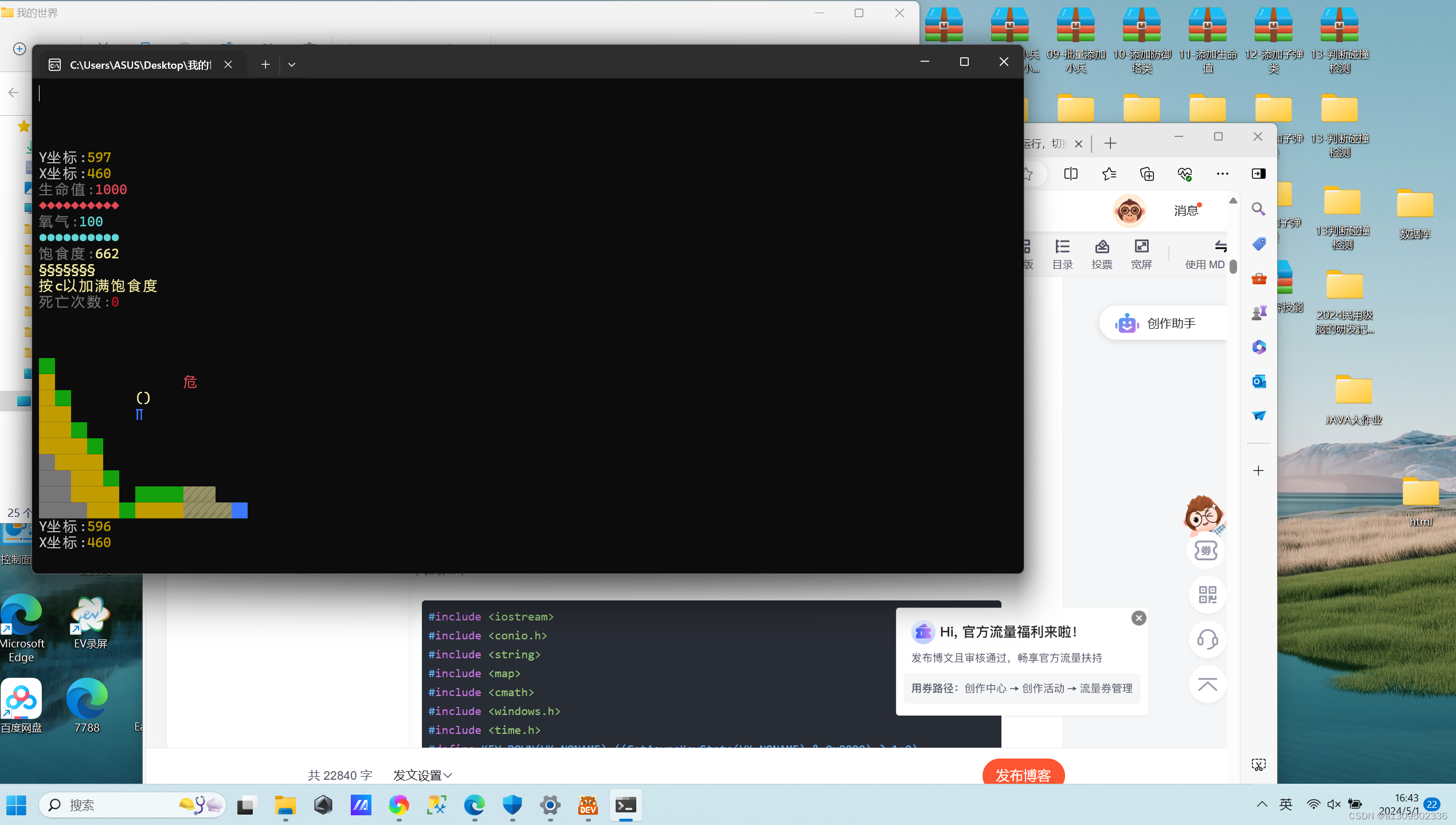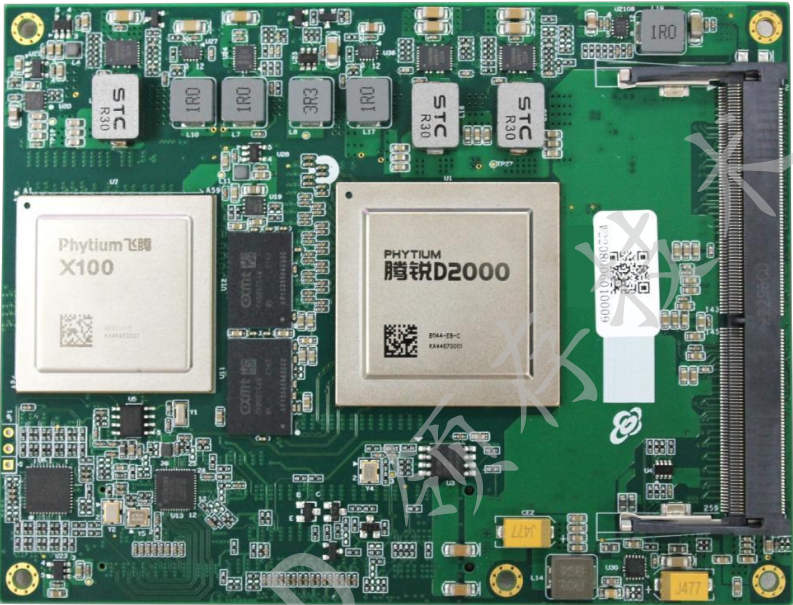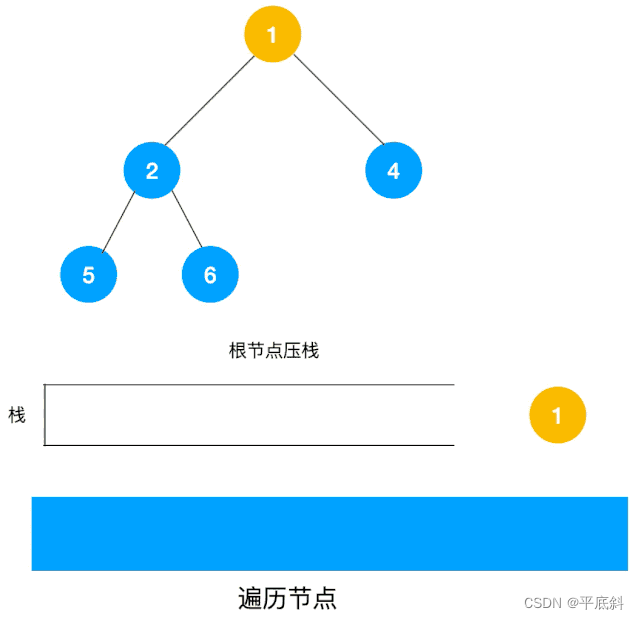在Andorid 的binder系统中,当Bn端由于种种原因死亡时,需要通知Bp端,Bp端感知Bn端死亡后,做相应的处理。
使用
Bp需要先注册一个死亡通知,当Bn端死亡时,回调到Bp端。
1,java代码注册死亡通知
try {
binder.asBinder().linkToDeath(new IBinder.DeathRecipient() {
@Override
public void binderDied() {
//处理
}
},0);
} catch (RemoteException e) {
e.printStackTrace();
}
2,c++代码注册死亡通知
// Create the death listener.
class DeathObserver : public IBinder::DeathRecipient {
void binderDied(const wp<IBinder>& who) {
//处理
ALOGD("service is died\n");
}
};
sp<IBinder::DeathRecipient> mDeathObserver = new DeathObserver();
sp<IBinder> binder = sm->getService(String16("xxx"));//获取一个BpBinder对象
if(binder->linkToDeath(mDeathObserver) != NO_ERROR){
ALOGE("link to death failed");
}else{
ALOGE("link to death sucess");
}
当Bn端死亡时,回调binderDied方法
注册死亡通知分析
从上面可以看出来,Bp端通过linkToDeath方法注册死亡通知。我们从java端的linkToDeath开始分析。
binder.asBinder返回的是一个BinderProxy对象
//frameworks\base\core\java\android\os\Binder.java
public native void linkToDeath(DeathRecipient recipient, int flags)
throws RemoteException;
这是一个native方法,对应android_os_BinderProxy_linkToDeath方法
//frameworks\base\core\jni\android_util_Binder.cpp
static const JNINativeMethod gBinderProxyMethods[] = {
/* name, signature, funcPtr */
//省略
{"linkToDeath", "(Landroid/os/IBinder$DeathRecipient;I)V", (void*)android_os_BinderProxy_linkToDeath},
//省略
};
继续来看一下android_os_BinderProxy_linkToDeath方法
//frameworks\base\core\jni\android_util_Binder.cpp
static void android_os_BinderProxy_linkToDeath(JNIEnv* env, jobject obj,
jobject recipient, jint flags) // throws RemoteException
{
//省略
IBinder* target = (IBinder*)
env->GetLongField(obj, gBinderProxyOffsets.mObject);//取出native层的 BpBinder对象
//省略
if (!target->localBinder()) {//只有Bp端才可以注册死亡通知
DeathRecipientList* list = (DeathRecipientList*)
env->GetLongField(obj, gBinderProxyOffsets.mOrgue);//1
sp<JavaDeathRecipient> jdr = new JavaDeathRecipient(env, recipient, list);//2
status_t err = target->linkToDeath(jdr, NULL, flags);//3
//省略
}
}
注释1处取出DeathRecipientList对象,DeathRecipientList对象中有一个集合
//frameworks\base\core\jni\android_util_Binder.cpp
class DeathRecipientList : public RefBase {
List< sp<JavaDeathRecipient> > mList;
Mutex mLock;
注释2处新建一个JavaDeathRecipient对象,并将其加入到上面的集合中
//frameworks\base\core\jni\android_util_Binder.cpp
class JavaDeathRecipient : public IBinder::DeathRecipient
{
public:
JavaDeathRecipient(JNIEnv* env, jobject object, const sp<DeathRecipientList>& list)
: mVM(jnienv_to_javavm(env)), mObject(env->NewGlobalRef(object)),
mObjectWeak(NULL), mList(list)
{
// These objects manage their own lifetimes so are responsible for final bookkeeping.
// The list holds a strong reference to this object.
LOGDEATH("Adding JDR %p to DRL %p", this, list.get());
list->add(this);//加到集合中
android_atomic_inc(&gNumDeathRefs);
incRefsCreated(env);
}
注释3处target为BpBinder对象,继续来看BpBinder的linkToDeath方法
//frameworks\native\libs\binder\BpBinder.cpp
status_t BpBinder::linkToDeath(
const sp<DeathRecipient>& recipient, void* cookie, uint32_t flags)
{
/*构造Obituary 对象*/
Obituary ob;
ob.recipient = recipient;
ob.cookie = cookie;
ob.flags = flags;
LOG_ALWAYS_FATAL_IF(recipient == NULL,
"linkToDeath(): recipient must be non-NULL");
{
AutoMutex _l(mLock);
if (!mObitsSent) {//mObitsSent默认为0,可以看出只会发送一次死亡通知
if (!mObituaries) {
mObituaries = new Vector<Obituary>;
if (!mObituaries) {
return NO_MEMORY;
}
ALOGV("Requesting death notification: %p handle %d\n", this, mHandle);
getWeakRefs()->incWeak(this);
IPCThreadState* self = IPCThreadState::self();
self->requestDeathNotification(mHandle, this);//1
self->flushCommands();//2
}
ssize_t res = mObituaries->add(ob);//3
return res >= (ssize_t)NO_ERROR ? (status_t)NO_ERROR : res;
}
}
return DEAD_OBJECT;
}
注释1处封装数据
//frameworks\native\libs\binder\IPCThreadState.cpp
status_t IPCThreadState::requestDeathNotification(int32_t handle, BpBinder* proxy)
{
mOut.writeInt32(BC_REQUEST_DEATH_NOTIFICATION);//注意:cmd为BC_REQUEST_DEATH_NOTIFICATION
mOut.writeInt32((int32_t)handle);
mOut.writePointer((uintptr_t)proxy);//这个proxy是前面的BpBinder对象
return NO_ERROR;
}
注释2处将数据写给binder驱动
//frameworks\native\libs\binder\IPCThreadState.cpp
void IPCThreadState::flushCommands()
{
if (mProcess->mDriverFD <= 0)
return;
talkWithDriver(false);//通过ioctl写给驱动
}
注释3处将前面构造好的Obituary 添加到集合中,该Obituary对象的recipient 成员指向我们前面传入的JavaDeathRecipient对象。
binder驱动开始处理,注意cmd为BC_REQUEST_DEATH_NOTIFICATION
//kernel\drivers\android\binder.c
case BC_REQUEST_DEATH_NOTIFICATION:
case BC_CLEAR_DEATH_NOTIFICATION: {
uint32_t target;
binder_uintptr_t cookie;
struct binder_ref *ref;
struct binder_ref_death *death = NULL;
if (get_user(target, (uint32_t __user *)ptr))//从用户空间取出handle
return -EFAULT;
ptr += sizeof(uint32_t);
if (get_user(cookie, (binder_uintptr_t __user *)ptr))//从用户空间取出BpBinder对象地址
return -EFAULT;
ptr += sizeof(binder_uintptr_t);
if (cmd == BC_REQUEST_DEATH_NOTIFICATION) {
death = kzalloc(sizeof(*death), GFP_KERNEL);//申请binder_ref_death空间
//省略
}
binder_proc_lock(proc);
ref = binder_get_ref_olocked(proc, target, false);//根据handle,找到binder_ref
//省略
if (cmd == BC_REQUEST_DEATH_NOTIFICATION) {
binder_stats_created(BINDER_STAT_DEATH);
INIT_LIST_HEAD(&death->work.entry);
death->cookie = cookie;//将BpBinder对象地址保存在death的cookie 中
ref->death = death;//将death保存在binder_ref的death 成员中
if (ref->node->proc == NULL) {//注册的时候,Bn端刚好死亡,一般不太可能
ref->death->work.type = BINDER_WORK_DEAD_BINDER;
binder_inner_proc_lock(proc);
binder_enqueue_work_ilocked(&ref->death->work, &proc->todo);
binder_wakeup_proc_ilocked(proc);
binder_inner_proc_unlock(proc);
}
}
//省略
对于注册死亡通知时驱动的处理上面的注释已经说的很清楚。主要是将BpBinder对象地址保存在binder_ref的binder_ref_death 结构体中,这里只是做了保存,我们还没有看到死亡通知到底是如何触发的呢,即binderDied是如何被调用到的?接下来我们就来看一下死亡通知的触发
死亡通知触发分析
当Bn端死亡时,就要开始释放资源,调用binder_release,从这个方法开始分析
//kernel\drivers\android\binder.c
static int binder_release(struct inode *nodp, struct file *filp)
{
struct binder_proc *proc = filp->private_data;
debugfs_remove(proc->debugfs_entry);
binder_defer_work(proc, BINDER_DEFERRED_RELEASE);
return 0;
}
调用binder_defer_work,注意这个proc还是当前进程即Bn端所处的进程,第二个参数为BINDER_DEFERRED_RELEASE
//kernel\drivers\android\binder.c
static DECLARE_WORK(binder_deferred_work, binder_deferred_func);
static void
binder_defer_work(struct binder_proc *proc, enum binder_deferred_state defer)
{
mutex_lock(&binder_deferred_lock);
proc->deferred_work |= defer;
if (hlist_unhashed(&proc->deferred_work_node)) {
hlist_add_head(&proc->deferred_work_node,
&binder_deferred_list);
queue_work(binder_deferred_workqueue, &binder_deferred_work);//1
}
mutex_unlock(&binder_deferred_lock);
}
注释1处开始执行工作队列,对于binder_deferred_work,则是执行binder_deferred_func函数
//kernel\drivers\android\binder.c
static void binder_deferred_func(struct work_struct *work)
{
struct binder_proc *proc;
struct files_struct *files;
int defer;
do {
//省略
if (defer & BINDER_DEFERRED_RELEASE)
binder_deferred_release(proc); /* frees proc */
if (files)
put_files_struct(files);
} while (proc);
}
对于BINDER_DEFERRED_RELEASE,调用binder_deferred_release继续处理
//kernel\drivers\android\binder.c
static void binder_deferred_release(struct binder_proc *proc)
{
struct binder_context *context = proc->context;
struct rb_node *n;
int threads, nodes, incoming_refs, outgoing_refs, active_transactions;
BUG_ON(proc->files);
mutex_lock(&binder_procs_lock);
hlist_del(&proc->proc_node);//删除proc_node节点
mutex_unlock(&binder_procs_lock);
mutex_lock(&context->context_mgr_node_lock);
/*如果是servicemanager死亡,则删除context->binder_context_mgr_node*/
if (context->binder_context_mgr_node &&
context->binder_context_mgr_node->proc == proc) {
//省略
}
mutex_unlock(&context->context_mgr_node_lock);
binder_inner_proc_lock(proc);
proc->tmp_ref++;
proc->is_dead = true;
threads = 0;
active_transactions = 0;
/*删除binder_thread*/
while ((n = rb_first(&proc->threads))) {
//省略
}
nodes = 0;
incoming_refs = 0;
/*删除binder_node*/
while ((n = rb_first(&proc->nodes))) {
struct binder_node *node;
node = rb_entry(n, struct binder_node, rb_node);
nodes++;
/*
* take a temporary ref on the node before
* calling binder_node_release() which will either
* kfree() the node or call binder_put_node()
*/
binder_inc_node_tmpref_ilocked(node);
rb_erase(&node->rb_node, &proc->nodes);
binder_inner_proc_unlock(proc);
incoming_refs = binder_node_release(node, incoming_refs);//1
binder_inner_proc_lock(proc);
}
binder_inner_proc_unlock(proc);
outgoing_refs = 0;
binder_proc_lock(proc);
/*删除binder_ref*/
while ((n = rb_first(&proc->refs_by_desc))) {
//省略
}
binder_proc_unlock(proc);
binder_release_work(proc, &proc->todo);
binder_release_work(proc, &proc->delivered_death);
binder_debug(BINDER_DEBUG_OPEN_CLOSE,
"%s: %d threads %d, nodes %d (ref %d), refs %d, active transactions %d\n",
__func__, proc->pid, threads, nodes, incoming_refs,
outgoing_refs, active_transactions);
binder_proc_dec_tmpref(proc);
binder_deferred_release方法里面还是做了很多事情的,上面注释也已经说的很清楚。我们继续来看一下注释1处的binder_node_release方法
//kernel\drivers\android\binder.c
static int binder_node_release(struct binder_node *node, int refs)
{
//省略
hlist_for_each_entry(ref, &node->refs, node_entry) {
refs++;
binder_inner_proc_lock(ref->proc);
if (!ref->death) {
binder_inner_proc_unlock(ref->proc);
continue;
}
death++;
BUG_ON(!list_empty(&ref->death->work.entry));
ref->death->work.type = BINDER_WORK_DEAD_BINDER;
binder_enqueue_work_ilocked(&ref->death->work,
&ref->proc->todo);
binder_wakeup_proc_ilocked(ref->proc);
binder_inner_proc_unlock(ref->proc);
}
//省略
}
取出node中的binder_ref,如果binder_ref中有注册过死亡通知,则添加到Bp端的进程的todo两边,唤醒Bp端进程。注意work的type为BINDER_WORK_DEAD_BINDER。Bp端进程被唤醒,Bp端进程开始处理BINDER_WORK_DEAD_BINDER这个type。注意现在是运行在Bp端所在的进程
//kernel\drivers\android\binder.c
static int binder_thread_read(struct binder_proc *proc,
struct binder_thread *thread,
binder_uintptr_t binder_buffer, size_t size,
binder_size_t *consumed, int non_block)
{
//省略
case BINDER_WORK_CLEAR_DEATH_NOTIFICATION: {
struct binder_ref_death *death;
uint32_t cmd;
binder_uintptr_t cookie;
death = container_of(w, struct binder_ref_death, work);//取出binder_ref中的binder_ref_death
if (w->type == BINDER_WORK_CLEAR_DEATH_NOTIFICATION)
cmd = BR_CLEAR_DEATH_NOTIFICATION_DONE;
else
cmd = BR_DEAD_BINDER;//传给用户空间的cmd为BR_DEAD_BINDER
cookie = death->cookie;//取出cookie,这个cookie就是之前注册时的BpBinder对象
if (w->type == BINDER_WORK_CLEAR_DEATH_NOTIFICATION) {
//省略
} else {
binder_enqueue_work_ilocked(
w, &proc->delivered_death);
binder_inner_proc_unlock(proc);
}
if (put_user(cmd, (uint32_t __user *)ptr))
return -EFAULT;
ptr += sizeof(uint32_t);
if (put_user(cookie,
(binder_uintptr_t __user *)ptr))
return -EFAULT;
ptr += sizeof(binder_uintptr_t);
binder_stat_br(proc, thread, cmd);
if (cmd == BR_DEAD_BINDER)
goto done; /* DEAD_BINDER notifications can cause transactions */
} break;
}
经过上面的处理,Bp端进程的用户空间就会得到cmd为BR_DEAD_BINDER的命令。Bp端进程是在executeCommand方法中处理命令的
//frameworks\native\libs\binder\IPCThreadState.cpp
status_t IPCThreadState::executeCommand(int32_t cmd)
{
//省略
case BR_DEAD_BINDER:
{
BpBinder *proxy = (BpBinder*)mIn.readPointer();//1
proxy->sendObituary();//2
mOut.writeInt32(BC_DEAD_BINDER_DONE);
mOut.writePointer((uintptr_t)proxy);
} break;
//省略
}
注释1处取出驱动传过来的BpBinder对象,注释2处调用BpBinder的sendObituary方法
//frameworks\native\libs\binder\BpBinder.cpp
void BpBinder::sendObituary()
{
mAlive = 0;
if (mObitsSent) return;
mLock.lock();
Vector<Obituary>* obits = mObituaries;
/*首先先向驱动发送清楚这个死亡通知的事件*/
if(obits != NULL) {
ALOGV("Clearing sent death notification: %p handle %d\n", this, mHandle);
IPCThreadState* self = IPCThreadState::self();
self->clearDeathNotification(mHandle, this);
self->flushCommands();
mObituaries = NULL;
}
mObitsSent = 1;
mLock.unlock();
if (obits != NULL) {
const size_t N = obits->size();
for (size_t i=0; i<N; i++) {
reportOneDeath(obits->itemAt(i));//1
}
delete obits;
}
}
注释1处,从mObituaries取出一个个的Obituary对象,然后执行reportOneDeath方法。还记得之前在注册死亡通知时,将我们的recipient封装在了Obituary对象中了。继续来看reportOneDeath方法
void BpBinder::reportOneDeath(const Obituary& obit)
{
sp<DeathRecipient> recipient = obit.recipient.promote();
ALOGV("Reporting death to recipient: %p\n", recipient.get());
if (recipient == NULL) return;
recipient->binderDied(this);
}
这里取出我们的recipient对象,调用其binderDied方法。如果是C++注册的死亡通知,那C++层的binderDied就得到执行了。我们接下来看看是如何调用到java端的binderDied方法。对于java端,我们之前传入的是JavaDeathRecipient对象,所以接在看JavaDeathRecipient的binderDied方法
//frameworks\base\core\jni\android_util_Binder.cpp
void binderDied(const wp<IBinder>& who)
{
LOGDEATH("Receiving binderDied() on JavaDeathRecipient %p\n", this);
if (mObject != NULL) {
JNIEnv* env = javavm_to_jnienv(mVM);
env->CallStaticVoidMethod(gBinderProxyOffsets.mClass,
gBinderProxyOffsets.mSendDeathNotice, mObject);//调用BinderProxy的sendDeathNotice方法
//省略
}
}
调用BinderProxy的sendDeathNotice方法,传入的mObject为之前我们注册时传入的DeathRecipient对象
//frameworks\base\core\java\android\os\Binder.java
private static final void sendDeathNotice(DeathRecipient recipient) {
if (false) Log.v("JavaBinder", "sendDeathNotice to " + recipient);
try {
recipient.binderDied();
}
catch (RuntimeException exc) {
Log.w("BinderNative", "Uncaught exception from death notification",
exc);
}
}
可以看出,调用binderDied,之前注册的死亡通知得以执行。Bp端就感知到了Bn端的死亡
总结
死亡通知机制包含Bp端注册死亡通知以及Bn端死亡时触发死亡通知,用一张图来总结下其流程


